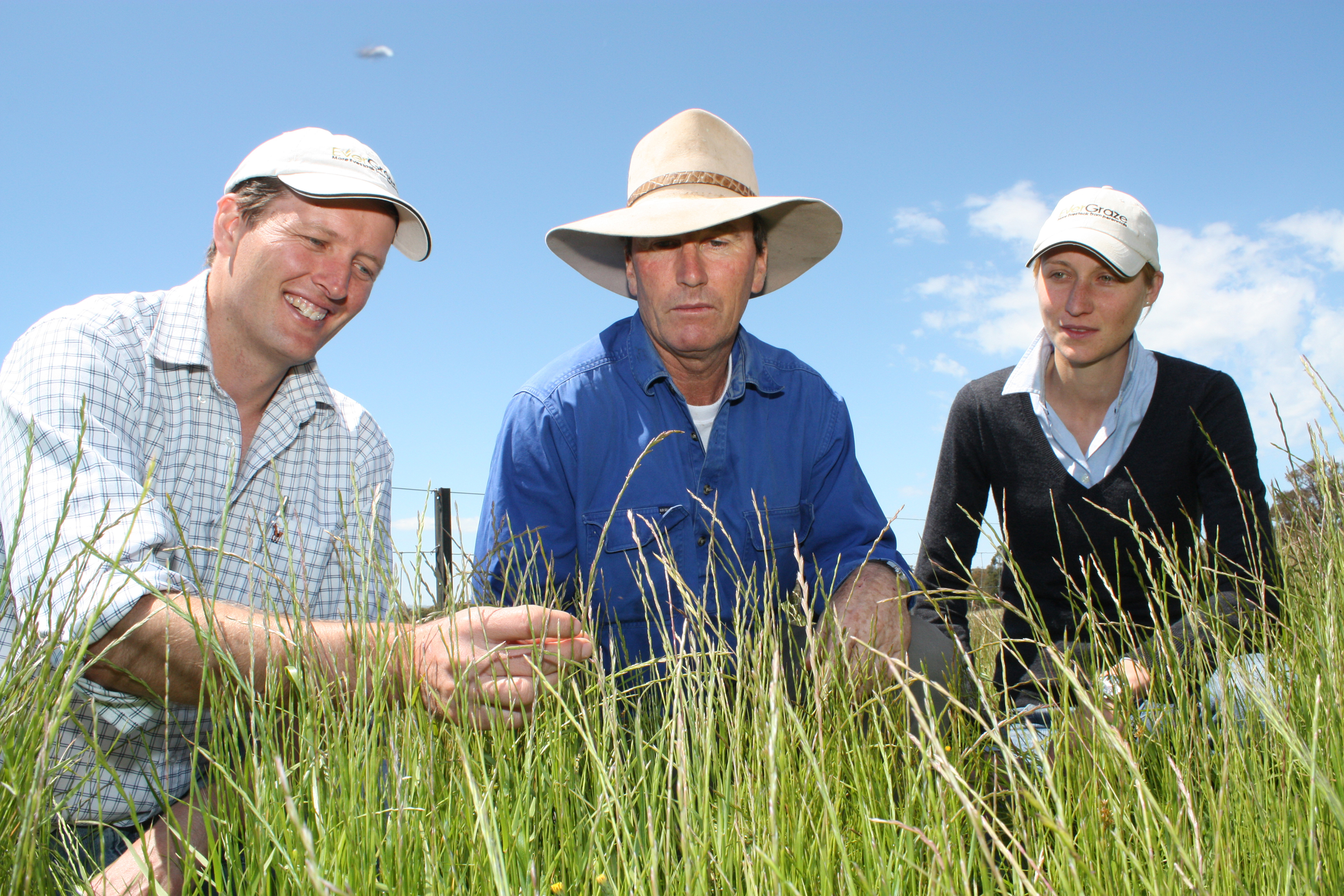
DPI research boosts lamb production 20 per cent
14 Aug 2017

NSW Department of Primary Industries (DPI) research has shown graziers can increase pasture growth, stocking rates and lamb production per hectare by 20 per cent or more.
As part of the EverGraze program, DPI researchers developed key findings for graziers by investigating grazing management intensity and interactions with landscape variability to reflect real livestock production systems.
NSW DPI rangelands and tropical pastures leader Warwick Badgery said the trial near Orange compared continuous grazing on one paddock, rotational grazing on four paddocks and short-duration rotational grazing on 20 paddocks to determine the best balance for graziers.
“Increasing grazing management intensity from one-paddock to a 20-paddock system lifted pasture growth by 21 per cent, which allowed stocking rates to be increased by 22 per cent and lamb production by 20 per cent,” Dr Badgery said.
“It is important to note whole-farm profitability of the 20-paddock system was lower than the other systems due to the higher infrastructure costs and a flexible approach to suit conditions was best. “
Key findings from EverGraze showed while seasonal variability had a greater impact on profitability than grazing management strategies and systems, the right grazing management strategy could help cushion the impact of climate.
Flexible management reduced grazing pressure to prevent pasture falling below critical benchmarks of 80 per cent ground cover and 0.8 tonnes of dry matter per hectare of standing biomass.
Increased grazing management intensity also resulted in higher herbage mass and ground cover, with differences most pronounced in high production zones on the lower slopes, where selective grazing was regulated through grazing management.
Modelling strategies showed flexible management options were best based on optimising ewe numbers and sale time of lambs, as pasture degradation occurred more often when ewe numbers were increased than when grazing lambs were sold at greater weights.
The value of the findings is marked in a special issue of Animal Production Science (57:9), which highlights the systems nature of EverGraze work conducted by NSW DPI.
Evaluation of EverGraze from 2009 to 2014 showed that the national research program at Orange and five other sites resulted in 1130 producers making changes to grazing management, covering an area of 617,300 hectares.
Media contact: Bernadette York (02) 6938 1664 or 0427 773 785

